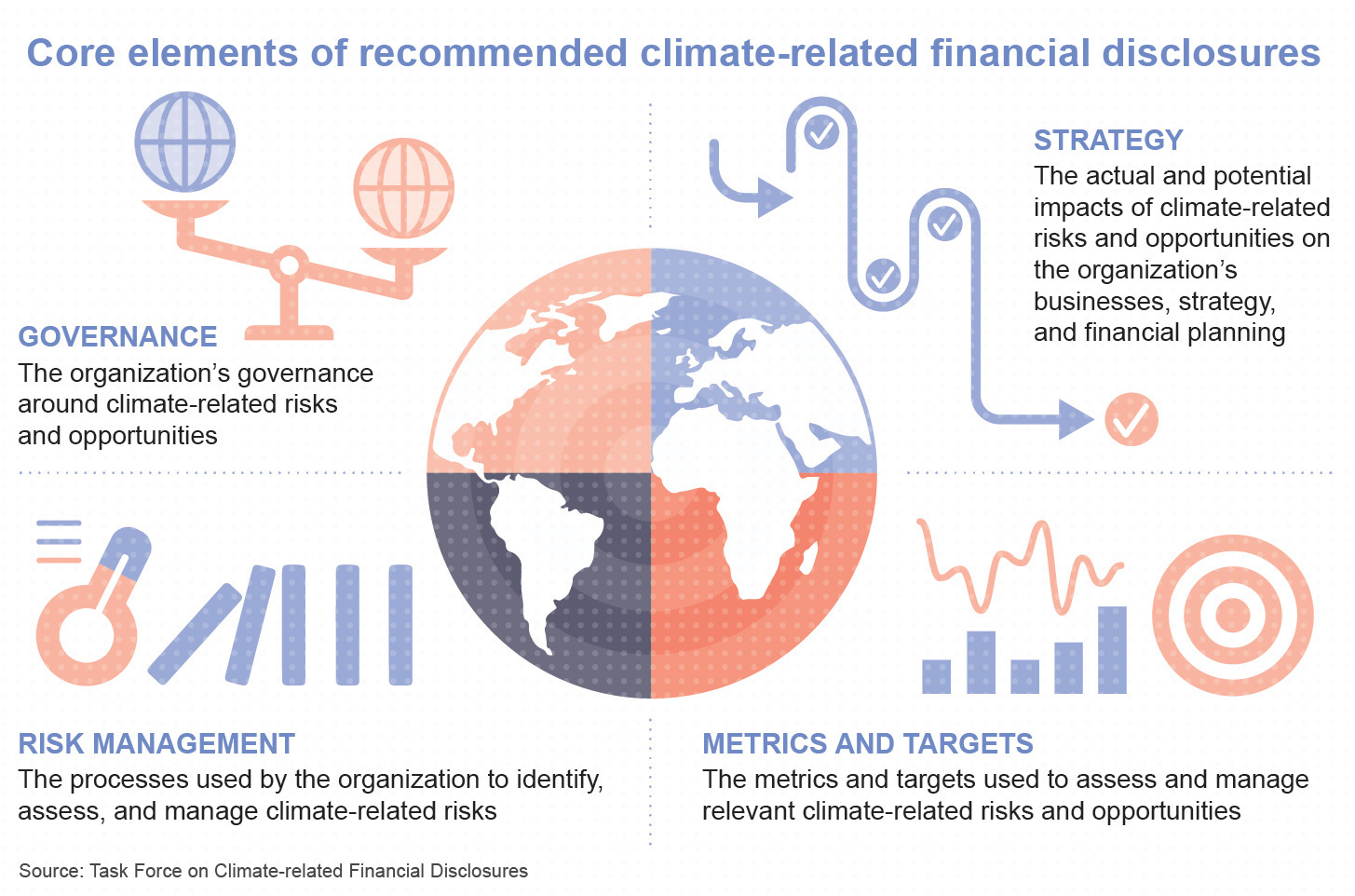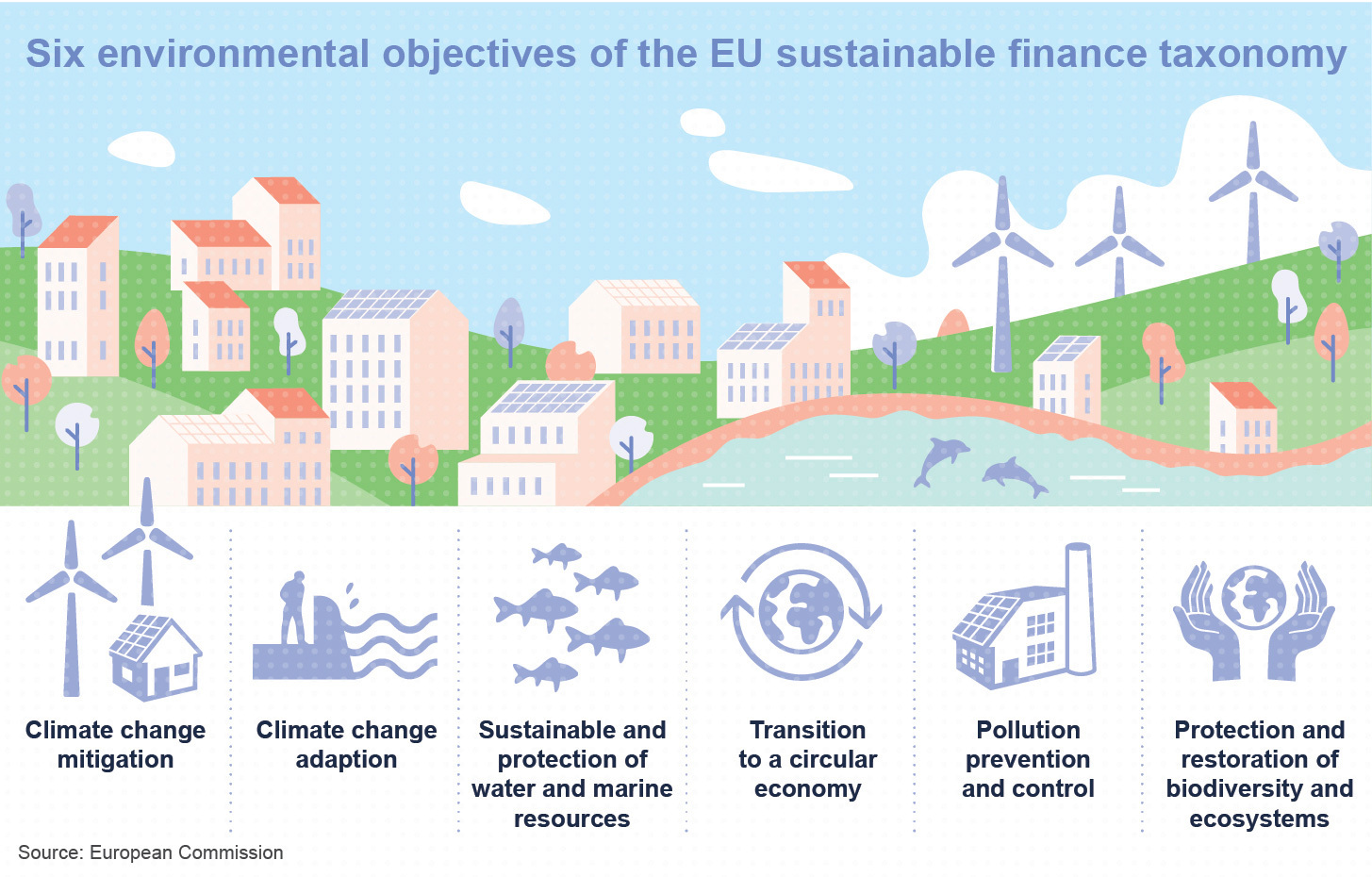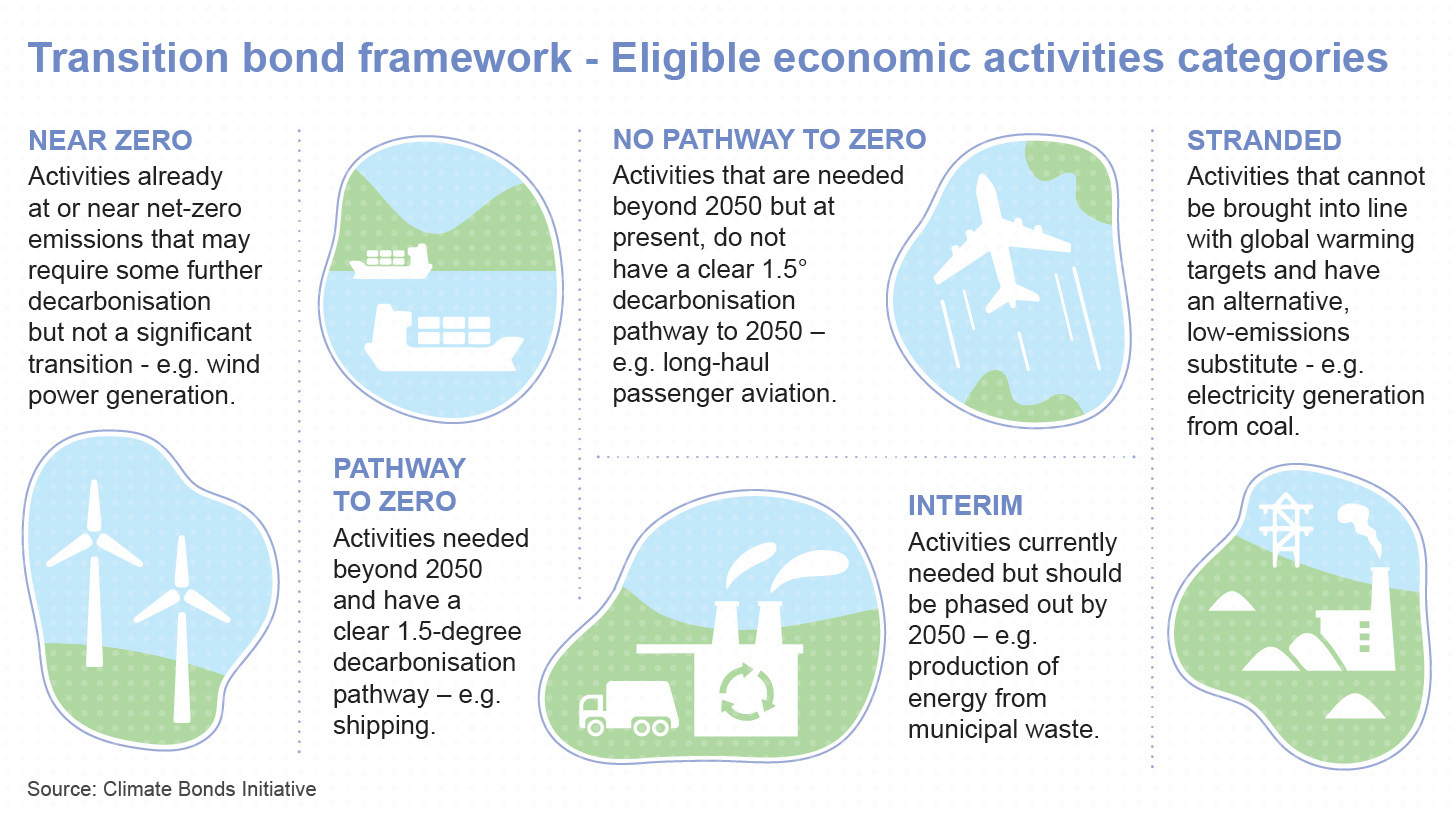Finding something new to say about green and sustainability issues is easier said than done. The topic has been surging up the corporate agenda in recent years and activity is accelerating in the run-up to November when the United Nations hosts COP26. Postponed from 2020 due the pandemic, the meeting marks five years since the landmark Paris Agreement, which saw nearly 200 countries pledge to keep global temperatures well below 2.0°C. The hope is that COP26 will be yet another breakthrough in the effort to combat climate change.
So it’s no wonder sustainability has become an overcrowded topic. From beer producers promising to brew 100% of their product using renewable energy to toy makers allowing kids to return Barbies for recycling, companies are falling over themselves to highlight their sustainability credentials. The need to stand out can also lead to unintended consequences as Volkswagen found with its Voltswagen April Fool’s marketing campaign.
The challenge is even tougher for financial services companies. For them it’s not enough just to pledge to become a more sustainable business, their marketing efforts must be purpose-driven. From enhancing access to green and sustainable finance to including climate change in credit risk assessments, the financial services industry plays a unique role as a transmission mechanism for sustainable practices. Frankly, the stakes couldn’t be higher.
So to help you stand out, we delve into some of the topics at the forefront of the sustainability agenda for financial institutions.
DISCLOSURE
ESG reporting requirements for listed companies have been around for some time with the Sustainable Stock Exchanges Initiative reporting that 60 of the 107 exchanges it tracks have published reporting guidance for companies. Yet the level of disclosure varies widely and even at the most sophisticated end, the rules are not considered to be rigorous enough to drive the change needed to meet the ambitious goal of reaching net-zero carbon emissions by 2050.
That’s why over the last few years the focus has shifted to getting companies to embed climate change risk in their business practices and reporting, often with guidelines designed for specific industries.
At the vanguard of these efforts have been various taskforces and industry bodies set up by the financial industry to formulate best practice guidelines and encourage companies to publicly pledge to adhere to these recommendations. The best known of these is the Task Force on Climate-related Financial Disclosures which since 2015 has been working to improve and increase the reporting of climate-related financial information (see picture below).

Meanwhile, last year saw the establishment of the Taskforce on Nature-related Financial Disclosures whose premise is that as more than half of the world’s economic output is moderately or highly dependent on nature, nature-loss poses a material risk to financial services companies. It is working to standardise nature-related disclosures for financial service companies.
And this year has already seen the launch of the Financial Services Taskforce (FSTF) - to develop meaningful plans to help accelerate the transition to a sustainable future – and the Glasgow Financial Alliance for Net Zero (GFANZ) – which seeks to bring together net-zero initiatives from across the financial system to fast-track the journey to a carbon-neutral future.
Regulations roll out
These initiatives have been instrumental in creating the frameworks on which financial watchdogs are basing a new generation of climate-related regulations, with new rules coming thick and fast. The European Union (EU) and the UK are leading the way.
This year has already seen the launch of the EU’s Sustainable Finance Disclosure Regulation (SFDR), which requires companies to be transparent about risks posed to sustainable development by their financial products and investment decisions. From October, the UK’s largest workplace pension schemes will be required to report on the financial risks of climate change in their portfolios.
Looking further ahead, under the EU Corporate Sustainability Reporting Directive - which is due to come into force in October 2022 - close to 50,000 companies will be required to provide audited data on environmental and social issues such as carbon emissions.
Greater disclosure requirements are also coming to the Asia Pacific region, with both Hong Kong and New Zealand planning laws that will introduce mandatory climate-related reporting for investment funds.
TAXONOMY
Is your investment strategy, light, medium or dark green? Can nuclear energy be included as part of an ESG portfolio? And how to judge whether an economic activity qualifies as climate change mitigation or climate change adaption? The proliferation of sustainable investment practices and products has likewise led to a confusing array of guidelines and terms - many of which lack a universal definition.
But that’s set to change with efforts to create a taxonomy that provides a clear classification for the full scope of sustainable finance activities. Advocates for this approach argue that until there is a common language between investors, issuers and policymakers there will be no real transparency nor understanding about the contribution of sustainable investments to meeting the Paris Agreement’s goals.
Once again, the EU is at the forefront of efforts to create a classification system. The trade bloc launched its Sustainable Finance Taxonomy in 2020 and by the end of 2021 all investment funds on offer in Europe described as “environmentally sustainable” will need to show how their investments align with the classification system. Given the global influence of the EU’s regulatory regime for collective investment vehicles known as UCITS, what happens in Europe will have repercussions across the global investment industry.
In Asia Pacific, countries like Australia, China, Singapore, Malaysia and Bangladesh are among those developing sustainable finance and green taxonomies, according to the International Capital Markets Association.
Other initiatives include the development of a Transition Finance Taxonomy in Canada, which faces some unique challenges in meeting net-zero objectives given the importance of natural resources and heavy industry to its economy.

TRANSITION
As governments and companies sign up to achieve net-zero carbon emissions targets, the concept of transition has become ever more important.
While traditional ESG and sustainable strategies have taken a ‘green’ approach, focusing on companies and investments with a clear and positive environmental impact, there is a growing recognition that the world can only achieve net-zero emissions by encouraging the most carbon-intensive industries to transition to greener, more sustainable business operations, in what is sometimes referred to as a ‘brown to green’ transition.
The focus of transition strategies tends to be on sectors such as energy or transportation. For example, an airline’s transition strategy could include introducing more fuel-efficient planes, increasing passenger load factors and eliminating single-use plastic. For energy companies, potential solutions include increasing the use of low-carbon fuels and adopting carbon capture technology.
In addition to the environmental benefits, the increased emphasis on transition has opened up opportunities for carbon-intensive companies to raise funds to support their efforts. While traditionally the proceeds of green finance could be used for projects in areas such as renewable energy or pollution prevention, transition bonds and loans can be used by companies in carbon-intensive industries to reduce their overall environmental impact. Companies which have issued transition bonds include UK gas distribution firm Cadent, Hong Kong energy provider CLP Holdings and Abu Dhabi’s Etihad Airways. However, the product is not without its critics who believe it increases the risk of greenwashing.

To learn more about this topic, read our Sustainability Jargon Buster.
World-class communications strategy and execution
Contact us to get started